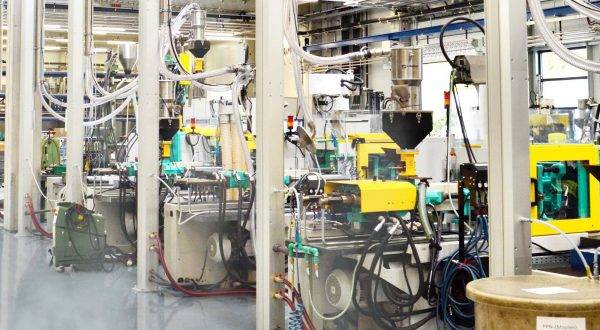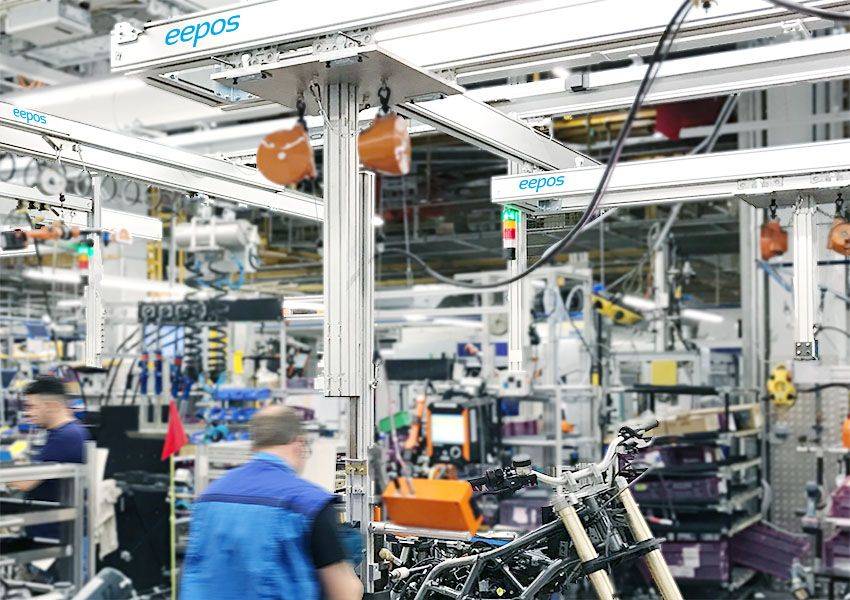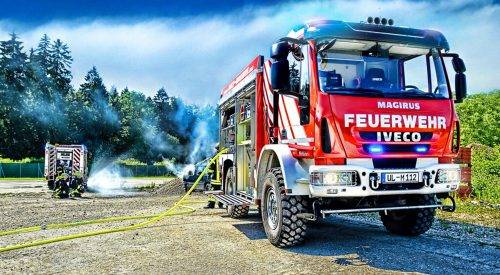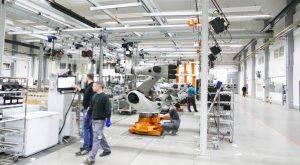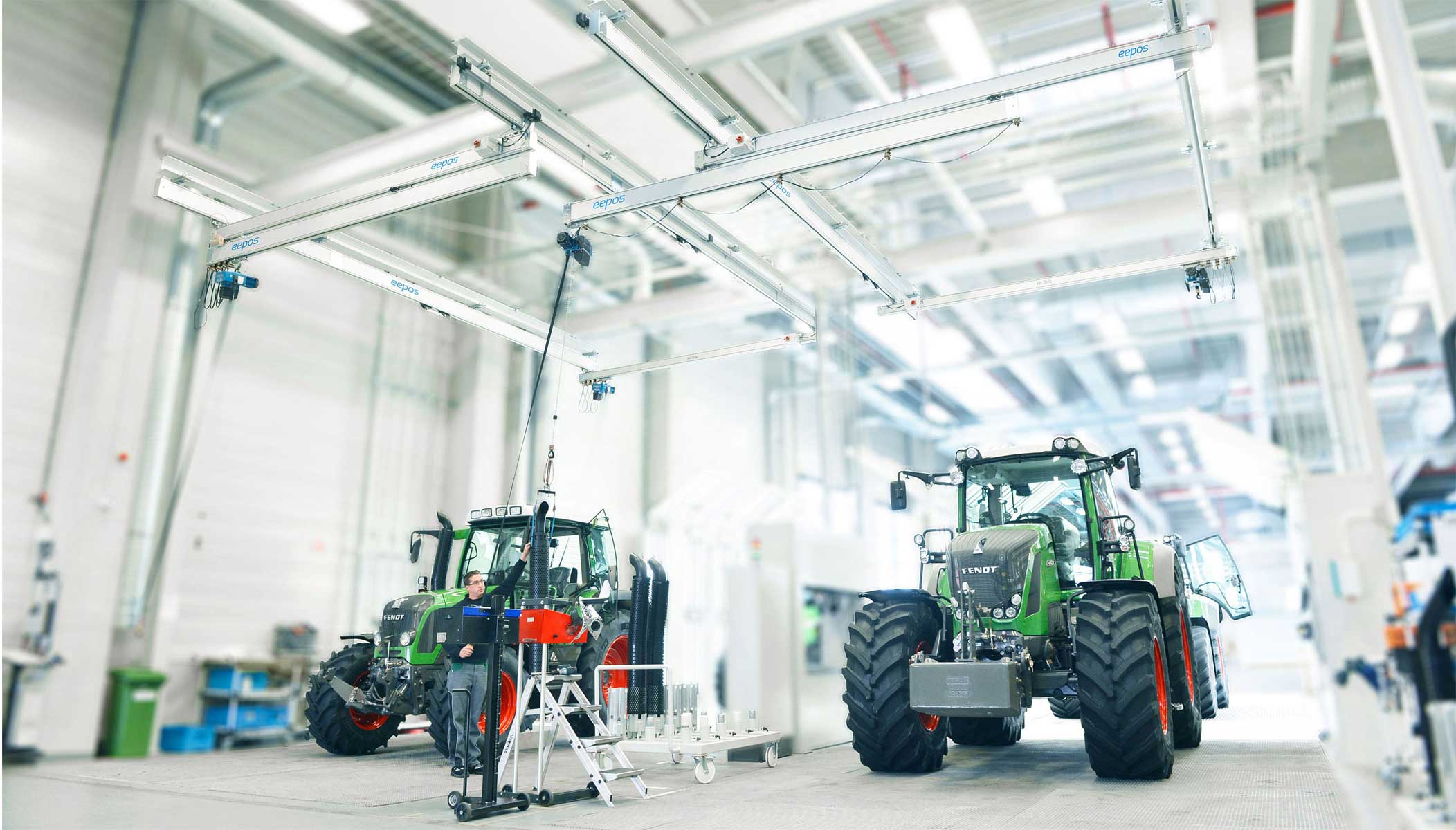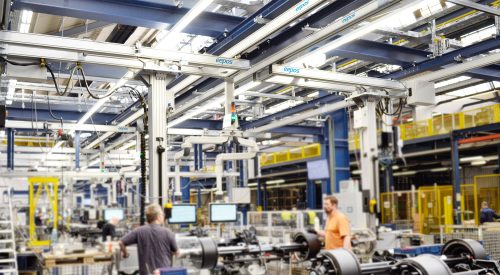The project that the AGCO Group had set itself as the manufacturer of Fendt tractors could hardly have been more demanding: They wanted to build the most modern and efficient tractor and agricultural machinery assembly plant in the world. This went into operation in autumn 2012 in Marktoberdorf and Bäumenheim in Bavaria. Also present: Innovative lightweight handling systems from eepos.
Fendt had reached the capacity limits of the previous production halls, as sales rose by 75 percent to around 15,000 tractors worldwide in 2012 within around fifteen years. The previous halls offered neither enough space nor enough travel paths. The assembly technology used no longer corresponded to the state of the art and reached its limits in terms of the dimensions and weights of the tractors to be produced.
Ergonomic handling of 10,000 components per tractor
Each Fendt tractor consists of around 10,000 components. Material handling therefore plays an important role in the assembly process. The aim of the new concept was not only a health-friendly, ergonomic handling solution for the assembly staff, but also to achieve the greatest possible flexibility. At the new tractor plant, 48 different models for eight series are now being produced on one and the same assembly line – from the smallest special tractor for winegrowing to the 390 hp power pack for power-intensive applications in agriculture, forestry or construction. In addition, all Fendt tractors are configured according to customer requirements. Major technical innovations are the completely new crane systems from the North Rhine-Westphalian manufacturer eepos, which can now be used at any workplace. “We have thoroughly tested all possible crane systems in advance,” says Müller, explaining the selection process. At test stands, handling systems from different manufacturers were loaded with the same components of different weight classes, their functionality, ease of movement and wear were tested. Almost 30 Fendt belt assembly experts, who work with the systems on a daily basis, were the evaluators. Project manager Müller: “The aluminium lightweight construction cranes from eepos, which are still relatively young on the market, emerged as the absolute favourite in this comparison. eepos convinced with its unsurpassed lightness. With a load of 100 kg, a worker needs only 0.5 to 0.8 kg of force to get the system moving and only 0.2 to 0.4 kg to keep it moving. On average, this is only one third of the tractive force of conventional handling systems.” The reason for this ease of movement lies in the sophisticated aluminium profiles of the crane runways in material combination with special precision travel units, in which rollers made of high-tech plastics are arranged in an optimum manner and prevent tilting even with one-sided pull,” explains eepos Sales Manager Volkhardt Mücher. Due to the low rolling resistance, the Fendt workers can not only move the huge number of individual parts per tractor, which weigh up to 500 kg, faster, but also more ergonomically. Besides eepos aluminum crane systems are modularly developed and in this respect extremely flexibly applicable.
More than one and a half kilometres of eepos crane tracks
In order to make the assembly contents on the main assembly line manageable and efficient, nearby pre-assemblies operate the main line with prefabricated assemblies. These assemblies are assembled in the respective pre-assembly and delivered from there just-in-time or just-in-sequence to the main assembly site. eepos handling systems are used at Fendt both in pre-assembly and main assembly. In the pre-assemblies alone, these are approx. 400 metres of monorails and 30 bridges. In the main assembly line, the pre-assembled assemblies are then built onto the tractor fuselage. A further 1,200 metres of eepos crane tracks and another 50 bridges are installed there. Four monorail systems share the main belt here. To the left and right of the main belt 2.45 metre and 3 metre wide bridges are attached, 5 metre bridge systems span the entire width of the main belt where necessary. The positioning and selection of the crane elements was based exclusively on the logistical feasibility of the assemblies and on ergonomic aspects. “With 3 metre wide crane bridges, for example, workers can mount from the side to the centre of the tractor fuselage. With 5 metre wide crane bridges, installation is possible on all sides,” explains planning expert Müller. “While our old handling systems worked with fixed points, i.e. also with sockets or compressed air outlets firmly screwed onto shelves, we now work with flexible media systems over the entire cycle length from left and right. This flexibility enables us, among other things, to use the telescopic eepos bridges, which extend the working range by 1.20 meters to 1.60 meters, depending on the crane bridge used.”
Maintenance lines for simple retrofitting during assembly
Patrick Mueller and his team also took maintenance routes into account when planning the crane runways. “In so-called maintenance sections, we can disconnect individual areas of the runway from the power supply,” explains the engineer. This is necessary, for example, if the installation location of an assembly changes or new assemblies are added for newly developed tractors. In these cases, for example, new crane bridges are retrofitted or existing ones rebuilt. “In the initial phase after commissioning, one or two modifications were necessary,” says AGCO’s chief planner. “In practice, some processes simply look different than a pre-planning on paper. The changes to the eepos aluminium crane systems, however, we were able to implement with little effort”. The world’s most modern agricultural machine production has been running in 2-shift operation since September 2012. eepos cranes are therefore in operation for an average of 16 hours per working day. The first unscheduled check by the crane expert was particularly pleasing: The visual and functional check revealed no increased wear at all on the bridges, their attachments or the track suspension. Patrick Mueller: “As the world’s most modern agricultural machinery plant, Marktoberdorf now serves our AGCO Group as a prototype”.

